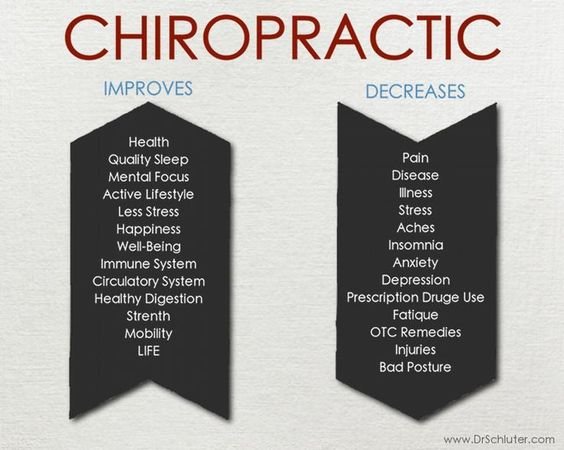A Novice'S Guide To Recognizing Cervical Spinal Column Makeup And Its Influence On Neck Discomfort
A Novice'S Guide To Recognizing Cervical Spinal Column Makeup And Its Influence On Neck Discomfort
Blog Article
Material Create By-Holck Buckner
As you rest there, possibly feeling a twinge of discomfort in your neck, have you ever stopped to consider the intricate frameworks that make up your cervical spine? Recognizing just how the vertebrae, discs, and nerves communicate in this region can shed light on why neck pain can be so consistent and incapacitating. By discovering the foundations of cervical spine composition and its ramifications for neck pain, you may reveal understandings that could help you better manage or perhaps avoid those unpleasant pains and rigidity.
Relevance of Cervical Spinal Column Anatomy
Understanding the importance of cervical spinal column composition is vital in understanding the intricacies of neck pain. https://www.verywellhealth.com/is-chiropractic-adjustment-safe-4588279 , comprised of seven vertebrae, plays an important duty in sustaining the head's weight and facilitating movement. It houses the spinal cord, which transmits messages in between the mind et cetera of the body. Additionally, the cervical spinal column safeguards these fragile nerves and provides structural security to the neck area.
Moreover, the cervical back permits a vast array of motion, allowing you to transform your head, tilt it sideways, and nod up and down. Each vertebra has particular features and features that contribute to the total flexibility and stability of the neck. Comprehending the anatomy of the cervical spinal column can help you realize how injuries or degenerative problems in this area can bring about neck pain and relevant signs.
Components of the Cervical Back
When checking out the components of the cervical spinal column, it becomes apparent that its framework consists of 7 vertebrae, classified C1 to C7, piled on top of each other. These vertebrae are crucial as they give assistance to the head and allow for a variety of activity in the neck.
The upper vertebra, C1, additionally called the atlas, sustains the skull and enables the nodding activity of the head. Straight beneath C1 is the C2 vertebra, referred to as the axis, which enables the rotation of the head from side to side.
Moving down the cervical spinal column, each vertebra plays a crucial duty in maintaining the spine's flexibility and security. Between each vertebra are intervertebral discs that function as paddings, taking in shock and stopping the vertebrae from massaging versus each other.
Comprehending the elements of the cervical back is crucial in comprehending how the back features and its possible impact on neck pain.
Partnership In Between Back and Neck Discomfort
The link between the spine and neck discomfort is a vital element of understanding bone and joint pain. Your spine, specifically the cervical area, plays a considerable duty in sustaining your head and enabling various activities. When there's a problem in the spine, such as a herniated disc or imbalance, it can straight affect the surrounding cells and nerves, causing neck discomfort. Poor pose, injuries, and degenerative conditions can all add to spine-related neck discomfort.
It's necessary to recognize that the spine and neck feature as a natural unit. Any type of abnormalities or inequalities in the back can create stress on the neck muscles and ligaments, resulting in discomfort and tightness.
Conclusion
Since you have a standard understanding of cervical spine makeup and its connection to neck pain, you can much better value the complexities of your own neck discomfort. Remember, the health of your cervical spine plays a critical function in sustaining your head and helping with movement, so it's important to look after it through appropriate posture, workout, and regular exams with a healthcare specialist. Keep informed and aggressive concerning your spine wellness to stop and handle neck discomfort properly.
